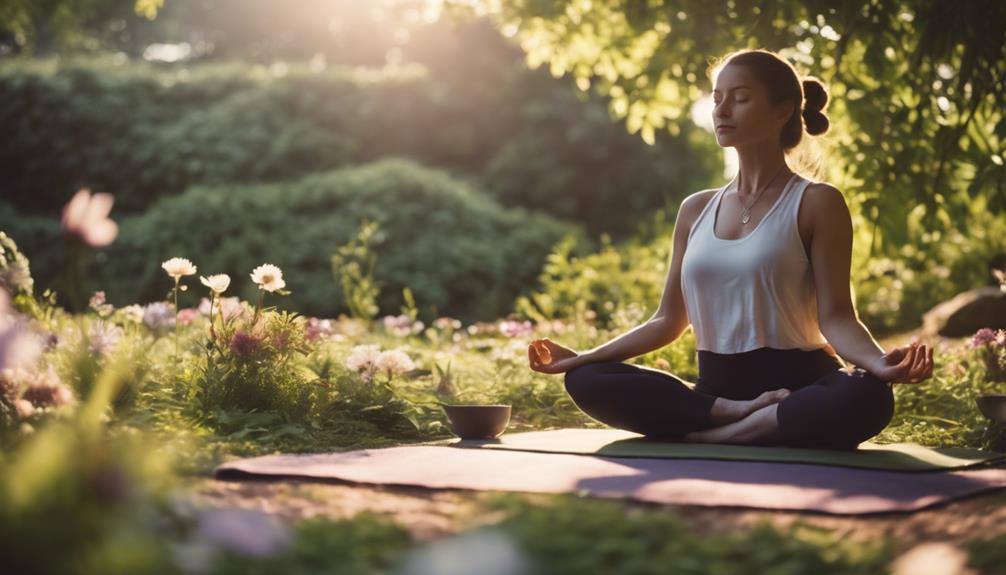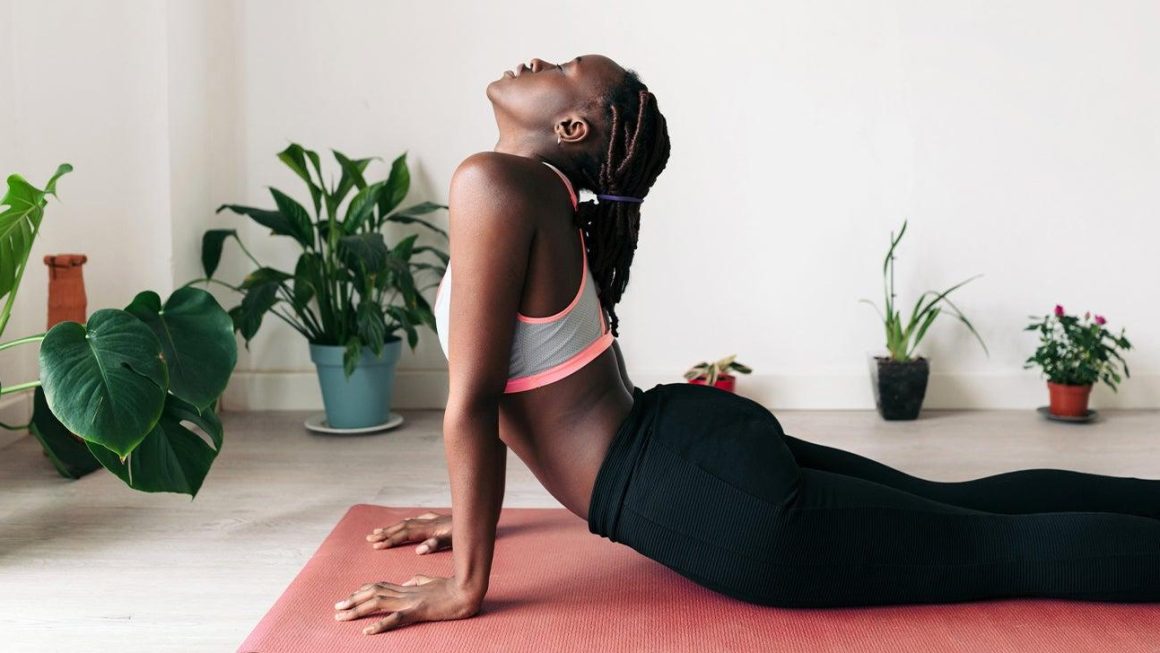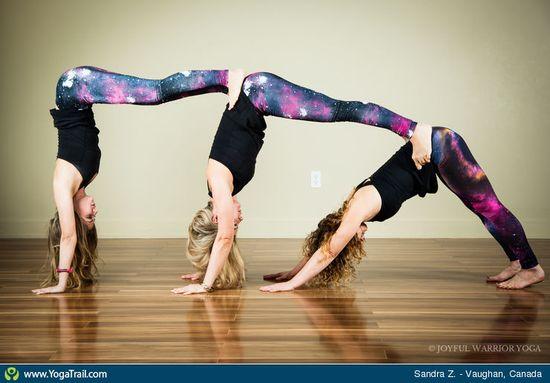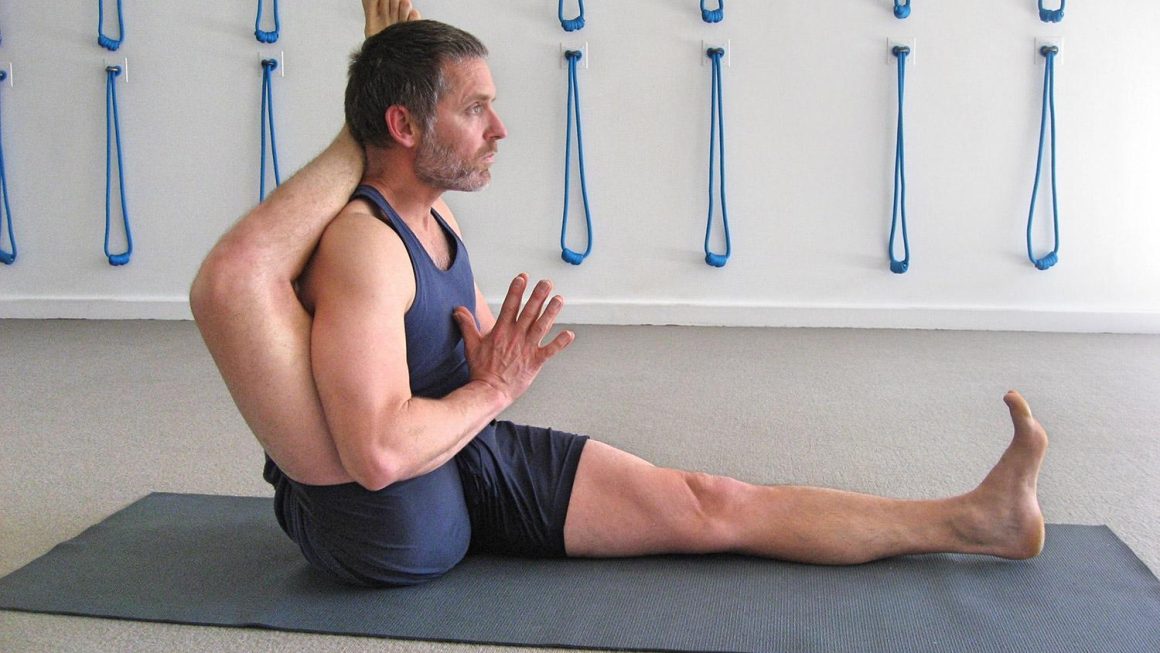In the vast and evolving landscape of yoga, where ancient practices intertwine with modern interpretations, the Wheel Pose, or Urdhva Dhanurasana, stands out as a captivating blend of strength, flexibility, and balance. This invigorating backbend not only opens the heart and stretches the entire front of the body but also acts as a transformative bridge between the groundedness of the earth and the expansive energy of the sky. As practitioners take on this challenging posture, they embark on a journey of self-discovery, embracing the physical and mental challenges that come with deepening one’s practice. In this article, we delve into the essence of the Wheel Pose, exploring its benefits, common challenges, and tips for safely incorporating it into your yoga routine—inviting both seasoned yogis and curious newcomers to roll out their mats and expand their horizons.
Exploring the Benefits of the Yoga Wheel Pose for Flexibility and Strength
The Yoga Wheel Pose is an innovative practice that not only enhances flexibility but also builds significant strength in various muscle groups. This posture allows practitioners to create a dynamic stretch across the spine, opening up areas that often hold tension. With consistent practice, individuals can experience improvements in their overall range of motion, especially in the back, hips, and shoulders. The wheel acts as an excellent tool for deepening stretches and encouraging deeper bends, facilitating an exploration of movement that traditional poses might not reach.
Moreover, engaging in the Yoga Wheel Pose offers numerous physical benefits that extend beyond flexibility. As it promotes strength through stabilization and balance, practitioners often find enhanced core strength and better muscle engagement. By using the wheel, you activate various muscle groups simultaneously, contributing to a structured workout for both the upper and lower body. Consider the following attributes of this remarkable pose:
- Enhances Core Stability: Strengthens abdominal muscles and supports better posture.
- Increases Blood Flow: Encourages circulation, which aids recovery and vitality.
- Improves Balance: Engages stabilizer muscles for better overall coordination.
Mastering Technique: Step-by-Step Guide to Achieving the Ideal Wheel Pose
To begin your journey into mastering the wheel pose, start with a solid foundation. Warm up your body with poses that promote flexibility and strength, such as Downward Dog, Cobra, and Pigeon. Once you feel limber, follow these steps:
- Find your alignment: Stand with your feet hip-width apart, grounding yourself firmly into the mat.
- Engage your core: This will provide stability as you prepare to lift your body.
- Interlace your fingers at the back of your head, lifting your chest and opening your heart towards the sky.
- Place your hands on the floor by your ears, fingers pointing towards your shoulders.
- Press through your palms and feet, lifting your body upward while keeping your legs strong and engaged.
Once in the pose, focus on your breath and maintain your balance. If you’re feeling overwhelmed, come down gently and regroup. To aid your practice, consider props like yoga blocks or a wall for extra support. It can be beneficial to understand your body’s limits and gradually increase your range of motion. Here’s a simple table to help track your progress:
| Focus Area | Goal | Tips |
|---|---|---|
| Flexibility | Achieving full extension | Incorporate consistent stretching |
| Strength | Engaging core and leg muscles | Practice intermediate poses |
| Breath | Calm and steady inhalations | Count breaths on each exhale |
Common Mistakes to Avoid When Practicing the Yoga Wheel Pose
When practicing the yoga wheel pose, it’s essential to maintain proper alignment to prevent injuries and maximize the pose’s benefits. One common mistake is letting the knees collapse inwards instead of keeping them aligned with your hips. This misalignment can lead to unnecessary strain on your joints. To avoid this, focus on keeping your knees hip-width apart and directly above your ankles. Additionally, be mindful of your shoulders; allowing them to creep up towards your ears can lead to tension in your neck and upper back. Aim to keep your shoulders relaxed and away from your ears, which not only promotes better form but also enhances your overall experience in the pose.
Another frequent error is failing to engage the core effectively. Without proper core activation, it can be challenging to maintain stability and balance in the wheel pose. To strengthen your core during the pose, imagine pulling your navel towards your spine as you lift your hips and heart. Moreover, do not forget to breathe! Holding your breath can create unnecessary tension. Instead, focus on deep, even breaths that flow with your movements. This will not only deepen your practice but also bring a sense of calm and focus. Pay attention to these factors, and you will enjoy a more successful and fulfilling practice.
Incorporating Variations and Modifications for All Levels of Practice
For practitioners at various skill levels, the yoga wheel pose offers an array of opportunities to explore balance, flexibility, and strength. Beginners can find stability by using a wall for support or the yoga wheel to assist in lifting their chest as they arch their back. This not only builds confidence but also prepares their body for deeper stretches. To enhance the experience, consider using props like blocks or straps, which can assist in achieving a safer alignment while allowing one to feel the benefits of the pose without overexertion.
For more experienced yogis, the wheel pose can be a gateway to advanced practices. Incorporating inversions or dynamic movements can challenge balance and focus. Practitioners might try the following modifications:
- One-Legged Wheel Pose: Lift one leg towards the ceiling while maintaining the wheel position.
- Transitions: Flow between wheel pose and other backbends like Camel Pose for added depth.
- Use of the Wheel: Roll the wheel along the back to enhance spinal mobility and deepen the arch.
These variations not only help in increasing strength and flexibility but also encourage a playful exploration of one’s limits and self-awareness. Adapting the pose to individual capabilities fosters a joyous and inclusive yoga environment, where each practitioner can honor their unique journey.
Q&A
Q&A: Exploring the Yoga Wheel Pose
Q: What is the Yoga Wheel Pose?
A: The Yoga Wheel Pose, also known as Urdhva Dhanurasana or Upward Bow Pose, is a dynamic and invigorating backbend that opens the heart and stretches the entire front body. This pose involves lying on your back and arching your spine upward, often resembling a wheel. It promotes strength, flexibility, and mental focus, making it a favorite among practitioners seeking to deepen their practice.
Q: What are the benefits of practicing the Yoga Wheel Pose?
A: The Yoga Wheel Pose offers a plethora of benefits. Physically, it strengthens the back, shoulders, and arms while stretching the chest, abdomen, and hip flexors. Emotionally, it can boost confidence and relieve stress, as the heart-opening nature of the pose encourages a sense of vulnerability and authenticity. Additionally, it enhances flexibility and promotes better posture by counteracting the effects of prolonged sitting.
Q: Who can practice the Yoga Wheel Pose?
A: While the Yoga Wheel Pose can be enjoyed by many, it’s especially beneficial for intermediate to advanced practitioners due to the strength and flexibility required. However, beginners can also work towards this pose with adequate preparation and modifications. As with any yoga practice, listening to your body and consulting with a qualified instructor is key to ensuring safety and alignment.
Q: What modifications can I use if I’m not quite ready for the full pose?
A: There are several modifications you can employ if you’re working up to the full Yoga Wheel Pose. Start with bridge pose to build strength in your back and legs, or practice with blocks under your hands to reduce the distance you need to lift. You can also bend your knees and keep your feet on the floor for a gentler version. Gradually increase your range of motion as you feel more comfortable and confident.
Q: What should I focus on when practicing the Yoga Wheel Pose?
A: When practicing the Yoga Wheel Pose, focus on maintaining even distribution of weight through your hands and feet. Engage your core to support your lower back and ensure that your shoulders don’t hunch up towards your ears. Breathe deeply throughout the pose, using your breath to guide your movement and to open up your heart space.
Q: How can I incorporate the Yoga Wheel Pose into my yoga routine?
A: The Yoga Wheel Pose can be a beautiful addition to a vinyasa or hatha practice. Consider placing it towards the end of your session, after sufficient warm-up poses for the back and shoulders. It can also serve as a wonderful counterpose after practicing forward bends or seated stretches, helping to create balance in your practice.
Q: Any tips for beginners wanting to try the Yoga Wheel Pose?
A: Absolutely! Start with a solid warm-up to prepare your body, focusing on poses that open the shoulders and strengthen the back, like downward-facing dog or cobra pose. Use props such as a blanket or bolster for support, and don’t hesitate to practice against a wall for added stability. Remember that everyone’s journey is unique—progress may take time, so be patient with yourself and celebrate small victories along the way.
Q: How does the Yoga Wheel Pose impact mental well-being?
A: Yoga, in general, has a profound impact on mental clarity and emotional balance, and the Yoga Wheel Pose is no exception. Its heart-opening nature can facilitate emotional release and cultivate a sense of openness and acceptance. Practitioners often report feeling energized and uplifted after practicing this pose, making it a wonderful tool for combating stress and enhancing overall well-being.
Engaging in the Yoga Wheel Pose can transform not just your body but also your spirit. Whether you’re looking to deepen your practice or simply find a moment of rejuvenation, the exploration of this pose invites a sacred space for growth and inquiry.
The Way Forward
As we roll to the conclusion of our exploration of the yoga wheel pose, it’s evident that this dynamic posture offers much more than meets the eye. Beyond its physical benefits of flexibility and strength, it serves as a profound metaphor for life’s ups and downs—teaching us resilience and balance as we navigate our own personal journeys. Whether you are a seasoned yogi or just beginning your exploration into this ancient practice, the wheel pose invites you to embrace your capabilities, challenge your limits, and cultivate a deeper connection with your body and mind. So, as you step onto your mat and lift your spirit, remember: every journey is unique, and each pose is a chance to discover something new about yourself. Embrace the flow, keep rolling forward, and let the wheel of life guide you on your path to mindfulness and well-being. Namaste.




